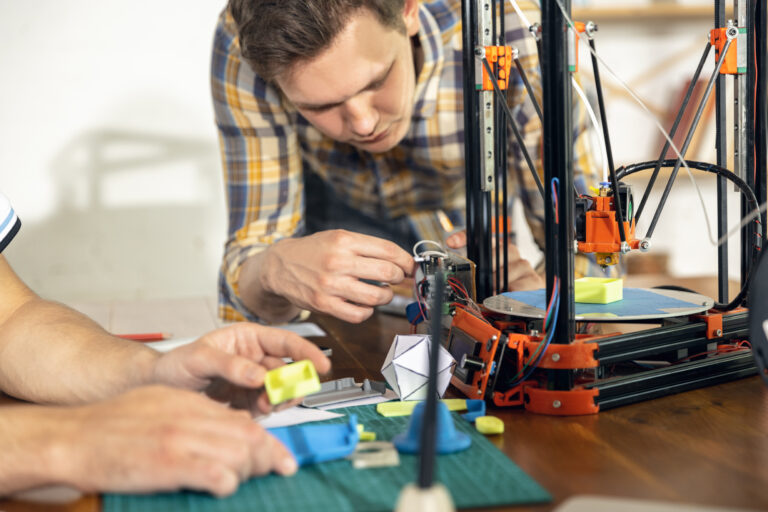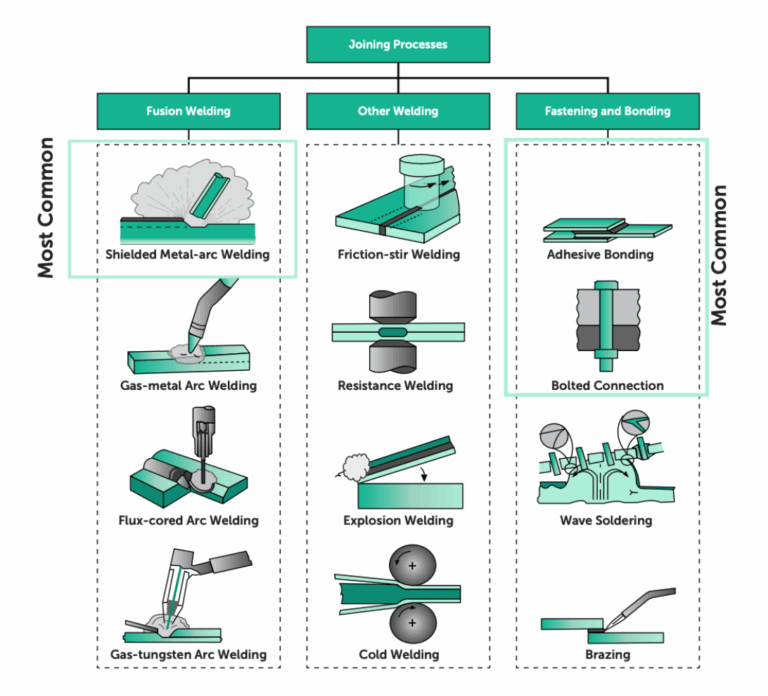Time to read: 4 min
If you have ever been in a quality lab where complex or precision CNC machined parts are inspected, you have likely seen a Coordinate Measuring Machine (CMM). A CMM is a sophisticated, automated metrology instrument used to accurately measure dimensions and geometric relationships. A CMM plays a significant role in guaranteeing that manufactured parts meet design intent and can easily be assembled.
This article will analyze the components, uses, and advantages of CMM machines.
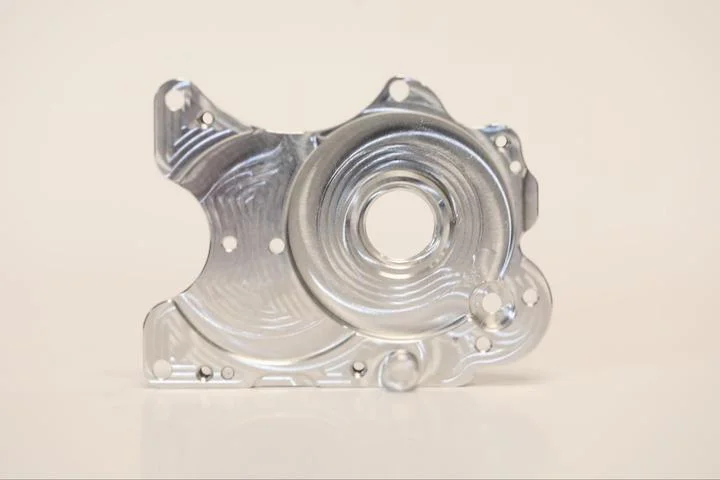
Components of a CMM
First, let’s dive into the components of a CMM.
1. Machine Frame.
The machine frame provides the structure of CMM. It gives security and backing to the moving parts and the workpiece being measured. CMM frames are commonly made of stone or aluminum to guarantee rigidity and stability.
2. Probing System
A CMM determines the dimensional and geometric properties of components via feedback from a physical probing system. This system provides data to the CMM software and interacts with the coordinate system. The probe, also known as the CMM stylus, is the detecting component of the CMM. It reaches the workpiece surface and communicates estimation information to the PC framework.
The material selection for a CMM probe is important as the probe must be stiff and rigid so unwanted deflections do not cause measurement errors. The measurement error has to be less than a thousandth of an inch for parts with tight tolerances. The rigidity and stiffness are also a requirement so that the spherical probe tips don’t break down.
A probing system stylus consists of a rigid stem and a hard spherical contact (or alternative shapes for varying applications). The rigid stems are typically made of metals like ceramics, tungsten carbide, carbon fiber, or stainless steel. The stylus tips, or contact balls, are typically machined from synthetic ruby, synthetic diamond, ceramics, silicon nitride, or zirconia.
Here are the things to look for when selecting a CMM probing system:
- Rounded ball shape that is as close to spherical as possible
- Good ball location with respect to the stem
- Rigid and stable thread fit of the ball on the stem
- Rigid and stable stem that won’t bend during measurement
3. Drive Framework
The drive framework of a CMM machine is responsible for moving the probing system along the three-directional axes (X, Y, and Z). This movement allows the probe to access different workpiece areas for measurement. The drive framework can be manual, automated, or both, depending on the type of CMM. The framework must be rigid and stable to allow for minimal deflection during movement to avoid introducing measurement errors.
4. Controller
The controller is the brain of the CMM. It deciphers the feedback from the interaction between the probing system and the workpiece, processes the information, and creates the estimation results. Current CMMs frequently utilize advanced programming to perform complex mathematical estimations and create point-by-point reports.
5. Software
The software is a crucial component that allows users to program measurement routines, perform geometric calculations, and generate reports. It also enables the integration of CAD (Computer-Aided Design) models for comparison with the actual manufacturing data.

Uses of CMM Machines
A CMM is a tool utilized to measure geometric relationships and key dimensions on a machined part. Here is a breakdown of the most common uses of a CMM:
- Quality Control: CMMs are broadly utilized for quality control in manufacturing. They can gauge multifaceted elements of a workpiece with high accuracy, guaranteeing that it meets design intent.
- Dimensional Inspection: CMMs confirm the exactness of manufactured parts. They can quantify lengths, measurements, points, and geometric relationships. Anything that can be specified through GD&T can be measured with a CMM.
- Reverse Engineering: CMMs are utilized to determine cycles to make computerized models. This is particularly valuable when there is no CAD model.
- Statistical Process Control (SPC): CMMs are often utilized to perform SPC, which includes collecting and analyzing data for a certain manufacturing process. The implications can help determine when preventive maintenance must be performed, when tooling should be replaced, or when controls need to be optimized.
- Instrument Alignment: CMMs align different devices and apparatuses to guarantee precise estimations in the assembling system.
Advantages of CMM Machines
CMMs offer a few key advantages over hand measurements, including:
1. High Precision
CMMs give very exact estimations, frequently in the micrometer range, guaranteeing that parts meet tight resistances.
2. Flexibility
CMMs can measure various parts, from small, complex parts to huge assemblies, making them useful for many industries.
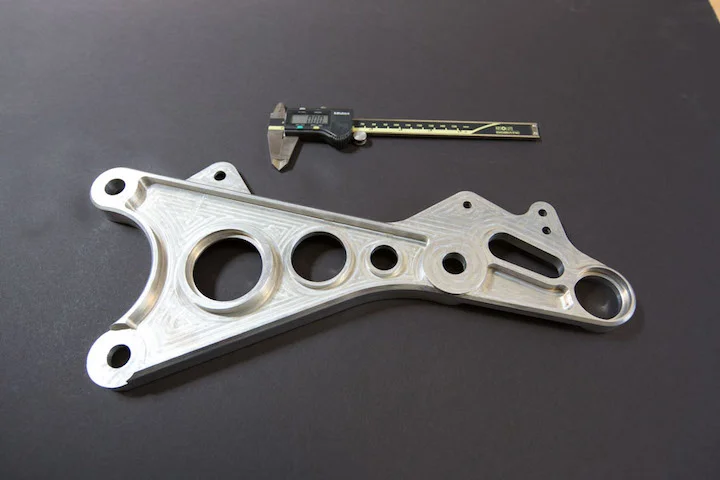
3. Productivity
CMMs help automate inspection, decreasing the time and exertion needed for manual measurements.
4. Data Documentation
CMMs produce definite reports that give an exhaustive record of estimations, which is crucial for quality documentation and traceability.
5. Computer-Aided Design Integration
They utilize estimated information and CAD models, considering fast distinguishing proof of deviations and helping streamline the resolution of production issues. In addition, engineers can utilize statistical trends in the actual measured values versus design intent to inform future design decisions.
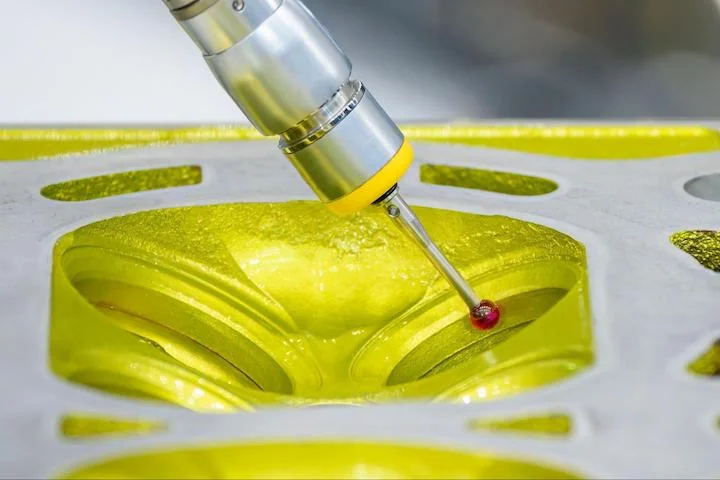
Coordinate Measuring Machines (CMMs) have revolutionized the manufacturing industry by providing accurate and reliable measurements. Their precision, flexibility, and productivity have made them indispensable tools for quality control, dimensional inspection, reverse engineering, statistical process control, and instrument alignment.
With the integration of CAD software, CMMs have become even more powerful, facilitating the fast identification of deviations and helping with design optimization. As technology advances, CMMs will undoubtedly play an increasingly critical role in improving the efficiency and reliability of manufacturing processes in various industries.
If you are looking for complex CNC machined parts at ridiculous speeds, create a free account with Fictiv or upload your design for a free, instant quote. Our team of experts understands the fine balance between all the above-mentioned factors and can produce machined parts with excellent precision without worrying about your parts failing a CMM inspection.









